A késes tolózár a lapos tolózár egy típusa. Ostya típusú csatlakozási módszert alkalmaz, with a shorter valve body and a thinner gate plate. There is a knife-shaped oblique cut at the bottom of the gate, which can cut off the fibers in the medium, so it is called a knife-shaped gate valve. It is used to transport wet or dry media such as slurry, coal slurry, ore powder, dry ash, coal powder, paper pulp, mud, material-water mixture, material-gas mixture, stb. Working pressure is usually ≤PN16.
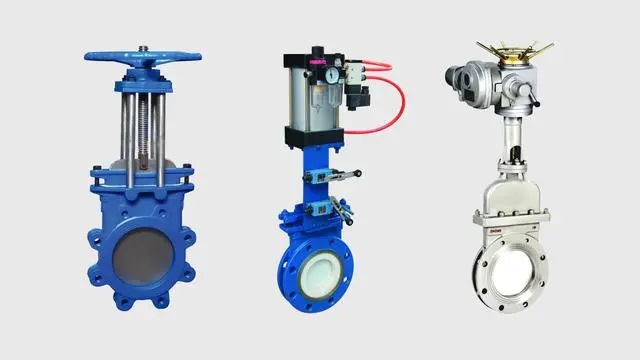
Knife gate valves include knife gate valves without bonnets and knife gate valves with bonnets. The gate of the bonnetless knife gate valve is exposed to the outside of the valve body when it is opened. When it is opened for a long time, dust, impurities, stb. in the environment will adhere to the surface of the gate, making it difficult to close the gate and causing problems such as gate packing leakage. . Ebből adódóan, the knife gate valve with bonnet appeared. The knife gate valve with bonnet is the same as the ordinary gate valve, with a valve body and a valve cover. The gate plate is located in a closed shell composed of the valve body and the valve cover. Only the valve stem penetrates the valve cover and is sealed with stem packing. The friction resistance of the valve stem packing is much smaller than the friction of the gate seal of the uncovered knife gate valve. The sealing performance is good and can reduce the gate opening and closing torque. Egy időben, the closed protection of the gate plate extends the service life of the knife gate valve.
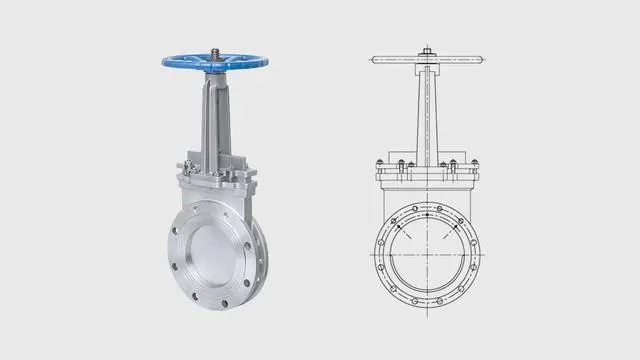
Knife gate valves are available in two forms: open stem and concealed stem. The rising stem knife gate valve means that the valve stem is lifting type, and the valve stem and the gate plate rise and fall together to complete the opening and closing process of the gate valve. The concealed stem knife gate valve has a nut fixed on the gate plate, and the rotation of the valve stem drives the gate plate up and down. The valve stem is of the rotary type. For locations with limited installation height and space, consider installing a concealed stem gate valve. The valve bodies of knife gate valves are divided into two types: split type and integral type. The split valve body is divided into two parts. After processing, they are fixed together with bolts to facilitate processing and maintenance. The integral valve body has high strength and reduces the risk of external valve leakage.
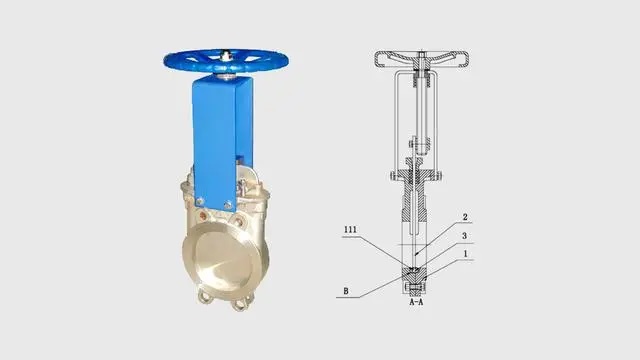
The valve seat of the knife gate valve adopts soft seal, hard seal and composite seal forms.
The soft seal uses non-metallic materials such as rubber and polytetrafluoroethylene, which has good sealing effect and can achieve zero leakage. Hard seals are metal-to-metal seals with a certain amount of leakage. Common sealing forms of knife gate valves:
1.There is a groove in the middle cavity of the valve body, and the elastic sealing strip is placed on the groove. When closing, the gate plate moves downward, and the bottom edge of the gate plate contacts the sealing strip, and then the sealing strip is compressed and enters the groove to realize the connection between the valve body and the gate. Plate sealing. When opening, the gate moves upward, the bottom edge of the gate breaks away from the sealing strip, and the sealing strip pops up flush with the groove. In order to improve the performance of the sealing strip, it is best to use hollow rubber sealing strips. The sealing structure between the gate plate and the valve body can prevent sediments from accumulating in the groove of the valve body to improve the sealing performance of the knife gate valve. This structure is commonly used for slurry valves, such as Z73X-10.
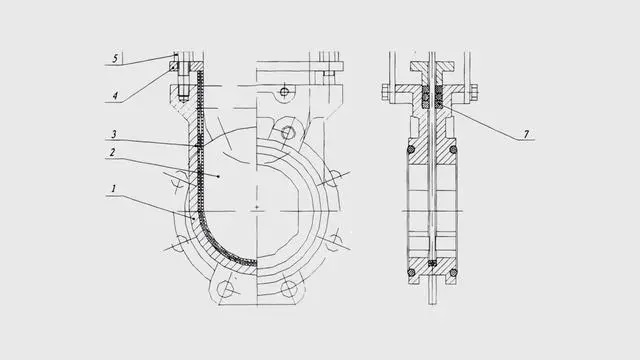
2.The valve seat is double sealed with rubber O-ring and metal hard seal. The O-ring protrudes slightly forward than the metal sealing surface. When the medium pressure in the pipeline is low, the O-ring can maintain a seal with the gate after elastic deformation. When the medium in the pipeline is high pressure, the gate first contacts the rubber O-ring and then seals with the metal valve seat to form a double composite seal. This structure allows the O-ring to deform within the elastic range, which can increase the service life. When the medium pressure is low, the rubber O-ring contacts the gate surface to maintain sealing, and it can also exert excellent sealing performance at low pressure. Type 0 sealing ring is easy to replace. The bevel at the lower part of the gate cooperates with the stopper on the valve body, so that the gate can be tightly attached to the valve seat when closing to maintain a seal. The common model of this structure is PZ73X-10.
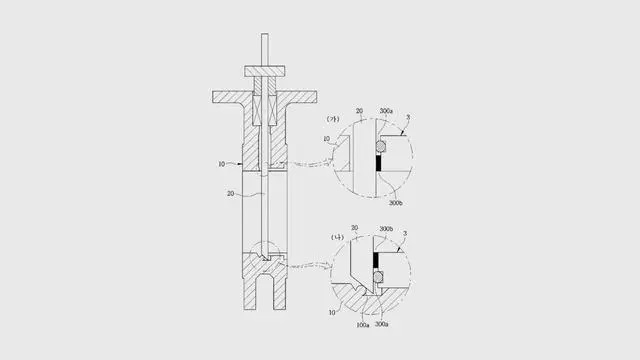
Knife gate valve driving mode: manual, pneumatic, electric, hydraulic and sprocket transmission can be used.
- When the diameter DN ≥ 400 mm or the nominal pressure is high, in order to reduce the operating torque on the handwheel, bevel gear drive should be considered. Representative model: Z573X
- When pneumatic, consider the need for accessories such as solenoid valves, filter pressure reducing valves, and travel switches. Consider whether it is explosion-proof. Representative models: PZ673X, PZ673H.
- When electric, consider the electric actuator voltage, control method, explosion-proof requirements, stb. Representative models: PZ973X, PZ973H.
- When hydraulically driven, consider whether it is an integrated electro-hydraulic system. A single hydraulic cylinder must be equipped with a hydraulic station supporting device. Representative model: Z773X
- When manual operation at high altitude is inconvenient, consider using a sprocket switch.
